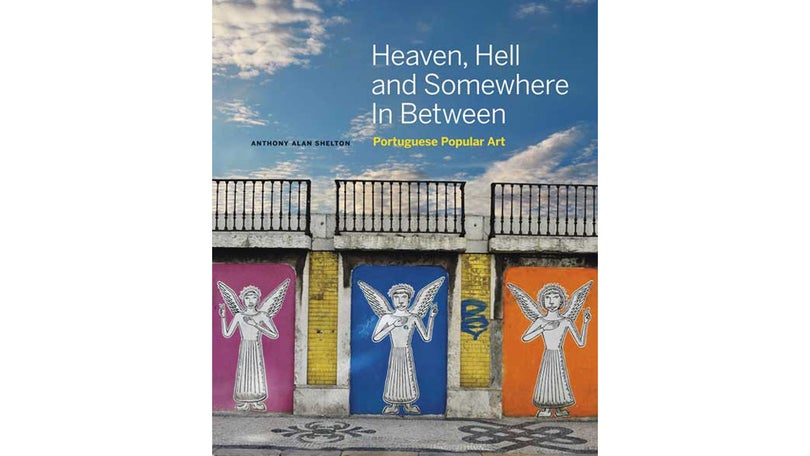I thank you Fernanda Viveiros for providing the materials for this posting and for interviewing Prof Shelton.
Irene Maria F. Blayer
Heaven, Hell and Somewhere In Between: Portuguese Popular Art – Anthony Shelton

Anthony Shelton: My biggest surprise was the complexity and encompassment of folk art or as I prefer to call it popular art. Folk art is a very fluid field that lacks definitions and, as a category, is often avoided by both anthropology and art history and is only reluctantly collected or exhibited by anthropology museums and art galleries. It is an awkward category, sometimes despised, generally only ill understood

—Fernando Pessoa, “O Infante”
In a country full of shrines and miracles, heavy with its otherworldly preoccupations and divine, and nowadays usually less than divine, machinations, and once described by the writer Miguel Torga as the Kingdom of the Marvellous, there is a special place of dreams, a seldom-disturbed refuge, that has escaped all transformation by the external market for cultural goods and experiences. Hemmed in between the great baroque church of Santa Cruz and the small oratory chapel of Our Lady of the Tower, chiselled from one of the remaining gates of the medieval city of Braga, the Rua do Anjo winds its way up a gentle hill. Once busy with cabinetmakers and antiquarians, most of its shops are now closed, and except for a few establishments selling cheap factory-made furniture and a nondescript bar, the only clatter comes from the busy traffic that imperils children and other passersby alike. On a bend of this short, narrow street of three-storied buildings stands, at number 23a, the premises of David Silva Gomes, an extraordinary cabinetmaker and an unsurpassed bricoleur of all sorts of material contraptions.

Prof. Anthony Shelton has been the Director of the Museum of Anthropology at the University of British Columbia since August 1, 2004. An anthropologist, administrator, curator and teacher originally from Britain, Prof. Shelton is a leader in museology, cultural criticism, and the anthropology of art and aesthetics. Dr. Shelton has 24 years of teaching, curatorial, and management experience. He has held posts at the British Museum Royal Pavilion Art Gallery and Museum, the Horniman Museum, London and at the Universities of Sussex, University College London and Coimbra, Portugal. Of the 13 exhibitions Dr. Shelton has curated or co-curated, three of the more innovative include African Worlds (Horniman 1999), Fetishism (Brighton, Nottingham, Norwich 1995), and Exotics: North American Indian Portraits of Europeans (Brighton 1991) – all of which used strong visual imagery to question notions of material culture and encourage discussion about the interplay of image, language, and meaning. He is currently curating two exhibitions: Luminescence: The Silver of Peru (MOA 2012) and Heaven, Hell and Somewhere In Between (MOA 2014). Prof. Shelton has published extensively in the areas of visual culture, criticalmuseology, history of collecting and various aspects of Mexican cultural history. His works include Art, Anthropology, and Aesthetics (with J. Coote eds. 19, 1992); Museums and Changing Perspectives of Culture (1995); Fetishism: Visualizing Power and Desire (1995); Collectors: Individuals and Institutions (2001); Collectors: Expressions of Self and Others (2001); and Heaven, Hell and Somewhere In Between (2015).




